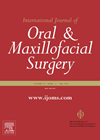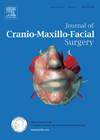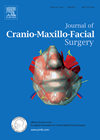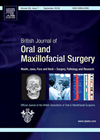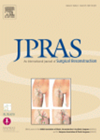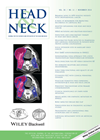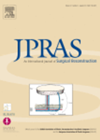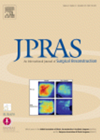
Journal Reviews
Safe distances in the infratemporal fossa
This analysis from China involved 50 enhanced CT datasets to reconstruct the skull, internal carotid artery and the internal jugular vein. The anatomical routes of these vessels were related to the styloid process, height of the pterygoid plates, distance from...
Fingernail for orbital floor reconstruction
Orbital damage is common in maxillofacial injuries and about half of them result in damage to the orbital floor. Suitable material that could be used for repairing the orbital floor includes autografts, allografts and alloplastic materials. The disadvantage of using...
Do implants assist rehabilitation following mandibular reconstruction?
When undertaking mandibular reconstruction, optimal function and aesthetic rehabilitation is the goal. There is no doubt that patients consider chewing, swallowing and speech to be of paramount importance. Following surgery, suboptimal rehabilitation leads to a fall in quality of life...
Facial reconstruction with polyethylene implants
Planning reconstructive surgery for complex craniofacial defects challenges even the most experienced of surgeons. In most cases surgery is undertaken to improve anatomical functioning. However the anatomical structure of these regions is also critical to facial aesthetics and patient satisfaction...
A new free flap for the head and neck?
Reconstruction of major defects in the head and neck is usually an area where maxillofacial or plastic surgery colleagues come to assist, with consideration of the size and function any repair has to fulfil. Whilst the radial forearm free flap...
Semi dynamic reconstruction of the lower lip
The main goal of reconstructive surgery for facial paralysis is the restoration of smiling and function of eye closure. The deformity of the lower lip in paralysis is ptosis of the corner of the mouth, eversion of the vermillion and...
A new flap for the perinasal region
Perinasal defects are most commonly caused by tumour extirpation or trauma. There are a number of methods to reconstruct the defect, and the method chosen depends on the size of the defect and other patient considerations. When the defect is...
Hyperbaric oxygen therapy and flap reconstruction: does it help?
This is a multicentresite retrospective review from four clinics in the USA on patients who received radical debridement and free flap reconstruction for osteoradionecrosis (ORN) between 1 Jan 1995 and 30 June 2011. Patients were stratified divided based on having...
Postauricular advancement flap for partial helix defect repair
Ear defects can be the result of trauma, burns or ablative surgery. The three dimensional structure of the pinna presents a difficult reconstructive challenge as successful ear reconstruction requires both similar tissue cover and a supporting framework. Partial ear reconstruction...
Multiple free flaps for head and neck cancer
Most patients with advanced head and neck cancers now undergo microvascular free flap reconstruction. This is mainly as flaps facilitate complete tumour and margin removal by providing reliable wound coverage and better restoration of form and function. However despite this,...
Vascularised tissue in salvage total laryngectomy
Chemoradiation (CRT) has become the mainstay for locally advanced laryngeal cancer since the RTOG 91-11 trial. Unfortunately there is still a substantial demand for salvage laryngectomies, which have a higher complication rate, the most notable being pharyngocutaneous fistula (PCF). Several...
The use of Integra to allow early cover wounds
The authors present the use of Integra in a unique cohort of patients. Seven patients ages 21-31 in a six month period treated in one hospital. These were a very fit group of patients that had injuries caused by improvised...

